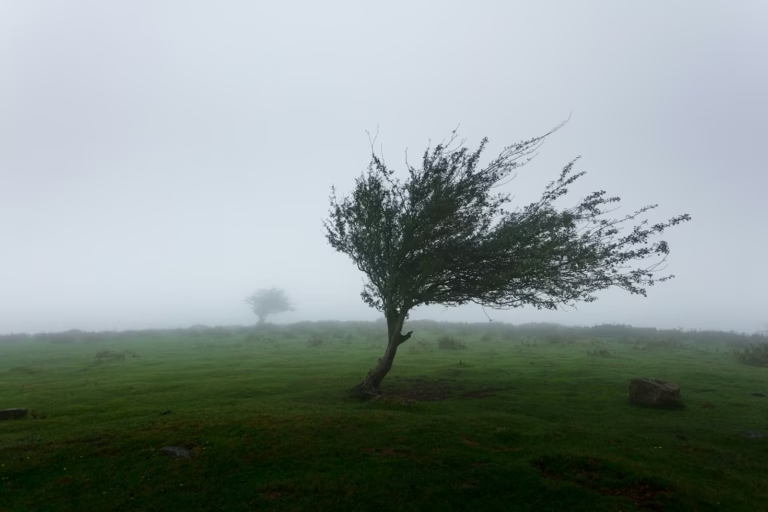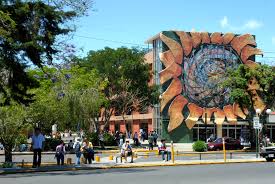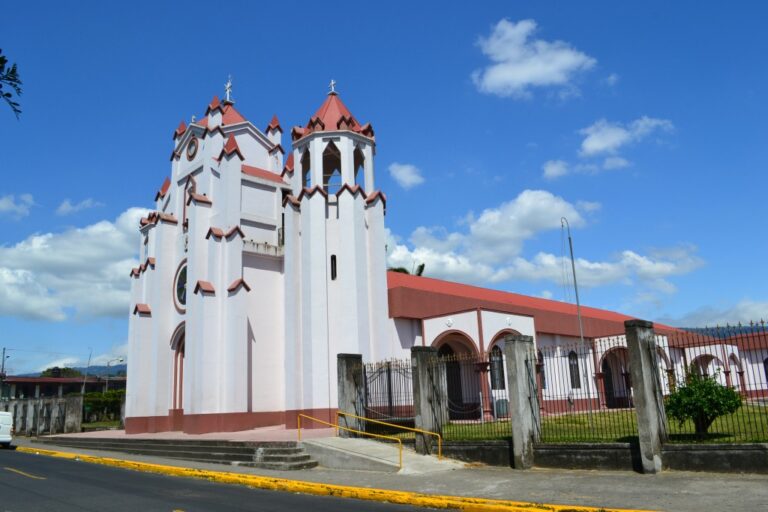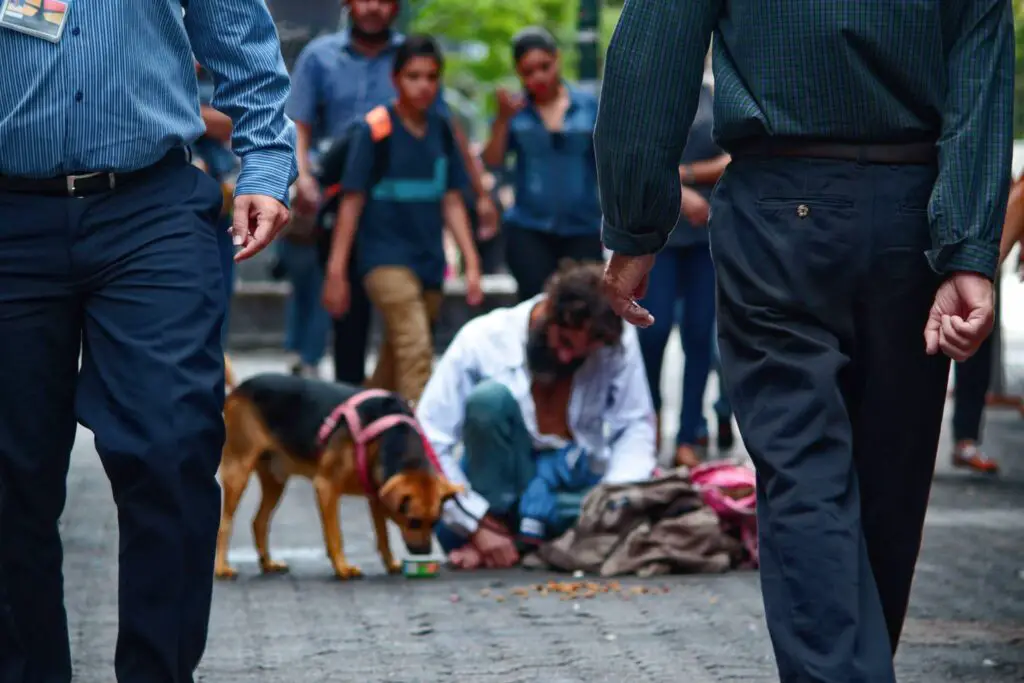The State Phytosanitary Service (SFE), part of the Ministry of Agriculture and Livestock (MAG), has confirmed the detection of a Giant African Snail (Achatina fulica) outbreak in a residential area in the province of Heredia.
This news triggers health alerts, as it is the first time an outbreak of this mollusk has been reported in the Central Valley. The most recent precedent in Costa Rica dates back to 2021, when a population was identified in Curubandé, Liberia, Guanacaste.
This is not a minor concern. This snail is included in the list of the 100 most harmful invasive exotic species in the world. Its presence represents a dual threat: a serious risk to public health and a potential disaster for the country’s agriculture and environment.

The Dual Danger: Health and Agriculture
It is essential to understand why this species is so dangerous and different from native snails.
1. Public Health Risk The main danger is not that the snail is poisonous, but that it is a vector for dangerous parasites.
The Giant African Snail can carry the “rat lungworm” (Angiostrongylus cantonensis). In humans, infection with this parasite can cause eosinophilic meningitis, a disease that causes inflammation of the membranes surrounding the brain and spinal cord, leading to serious neurological problems.
Furthermore, its slime can contain bacteria capable of causing intestinal infections. Transmission can occur through direct contact with the snail or its slime, or indirectly, by consuming fruits or vegetables that have been in contact with the mollusk and have not been adequately washed.
2. Environmental and Economic Threat This mollusk is a polyphagous species, meaning it is extremely voracious and feeds on more than 500 different types of plants. This makes it a devastating pest for gardens, home orchards, and, on a large scale, for commercial crops.
It has an alarming reproductive capacity, capable of laying hundreds of eggs several times a year. Nelson Morera, executive director of the SFE, has highlighted that this pest could mean the closure of export markets for Costa Rican products, representing a serious economic threat.
Safety Protocol: What NOT to Do
Authorities have been emphatic about the handling protocol. Public safety is the priority.
- DO NOT TOUCH IT WITH BARE HANDS. This is the most important rule. Never handle this snail, dead or alive, without protection.
- DO NOT CRUSH IT. Crushing it risks releasing and spreading the parasites or the thousands of eggs it may carry, worsening the infestation.
- DO NOT THROW IT IN THE TRASH (regular garbage), nor discard it in empty lots, streets, or rivers. This only moves the problem and facilitates its spread.
The Call to Action: What TO Do
Citizen collaboration is key to containing the outbreak. If you suspect you have seen a Giant African Snail, this is the correct procedure:
1. Report Immediately This is the most important action. Do not assume someone else has already reported it. Take a photograph of the snail (if you can do so safely) to help with identification and contact the State Phytosanitary Service (SFE).
- SFE Phone Numbers: 2549-3501 / 2549-3652 / 2549-3651
- Email:
dmatamoros@sfe.go.cr
2. Contain it Safely (Only if necessary) If you need to handle it while waiting for authorities, always do so wearing thick gloves or by using a double plastic bag to cover your hand. Place it in an airtight container (like a glass jar or a plastic container with a lid) and await instructions from the SFE. Wash your hands vigorously with soap and water afterward.
3. Prevention at Home
- Vigorously wash all fruits and vegetables from your yard or garden before consuming them.
- Check your property, especially damp, dark areas, under flowerpots, debris, or stacked wood.
- Educate your family members, especially children, about the danger of touching unknown snails.
SFE authorities are already working in the outbreak area in Heredia to inspect, collect specimens, and establish a control perimeter. Active community vigilance is the most effective tool to stop the spread of this dangerous invasive species.


















